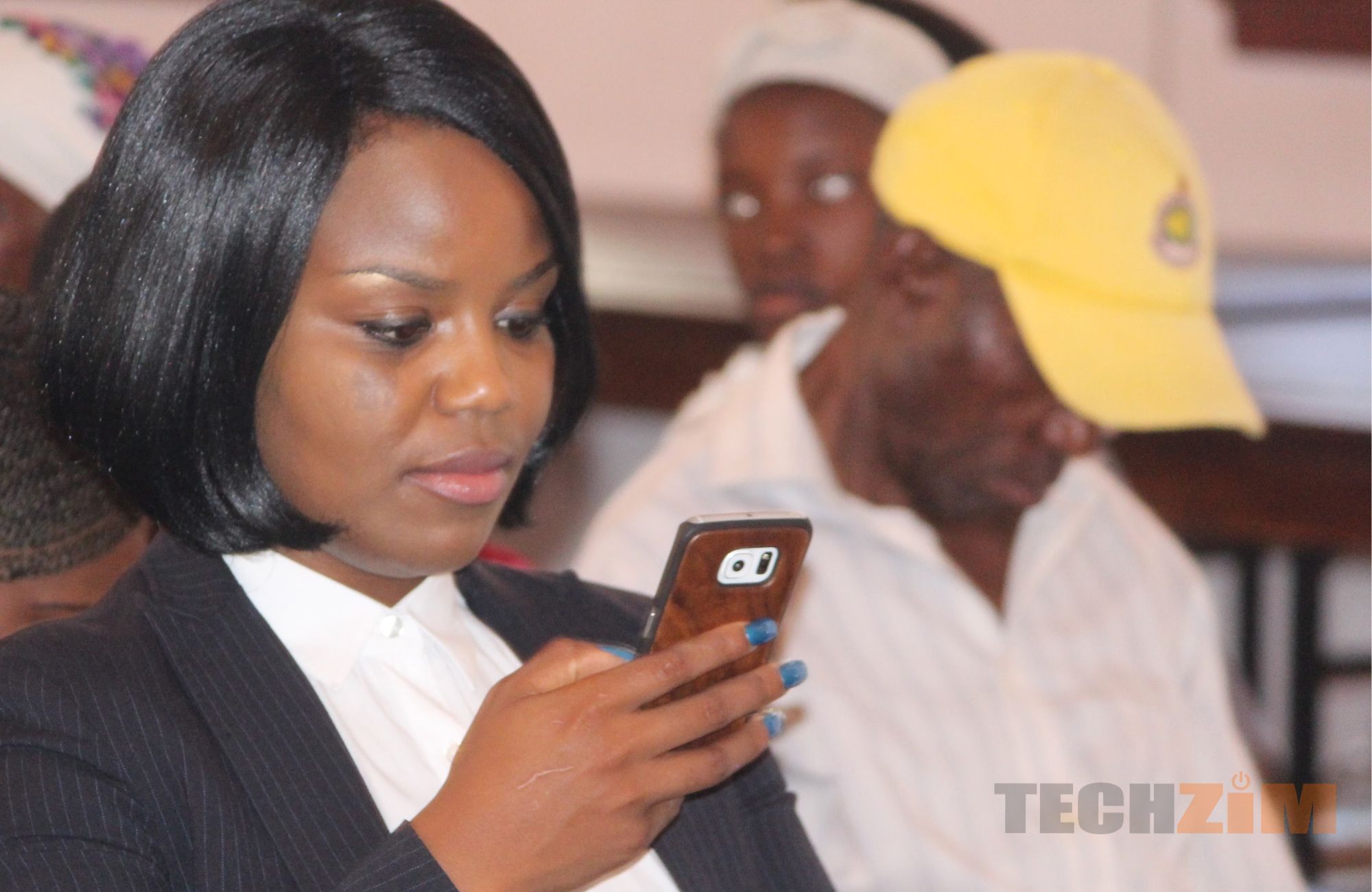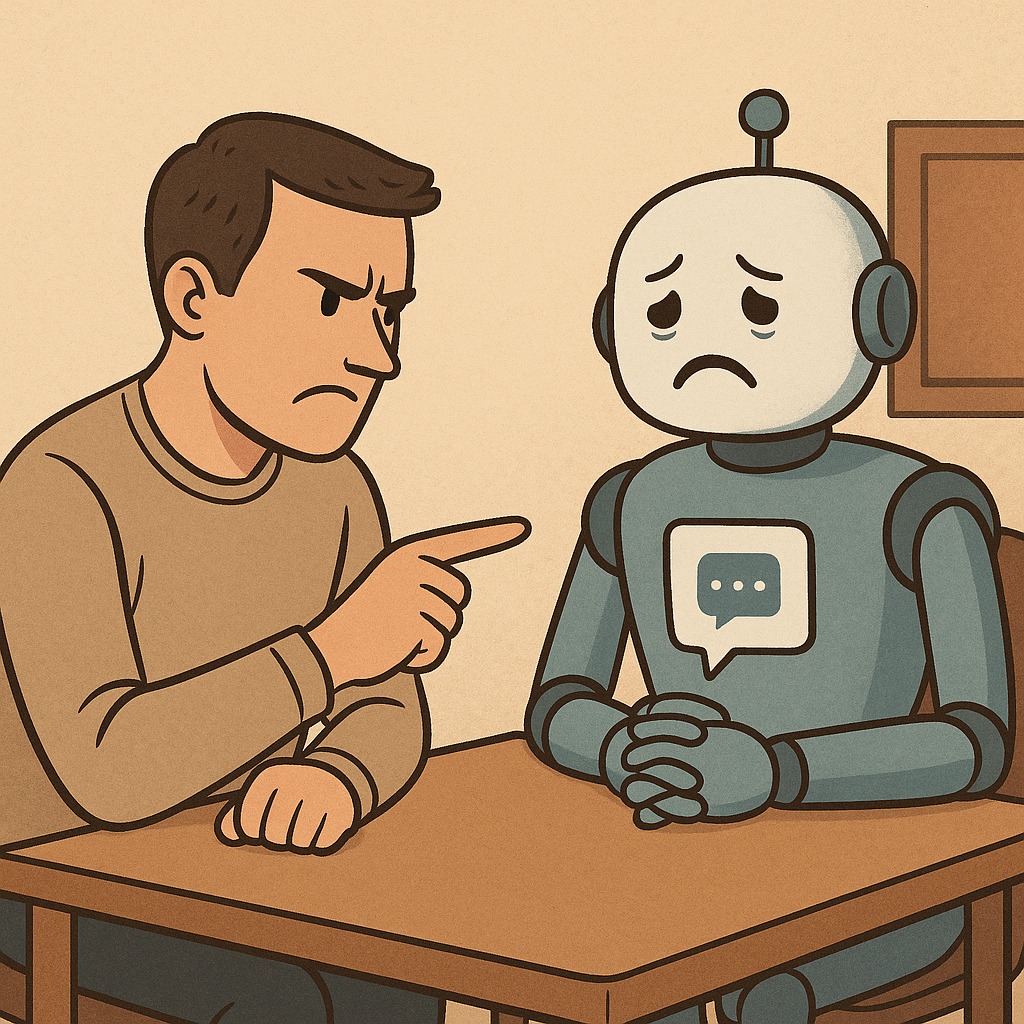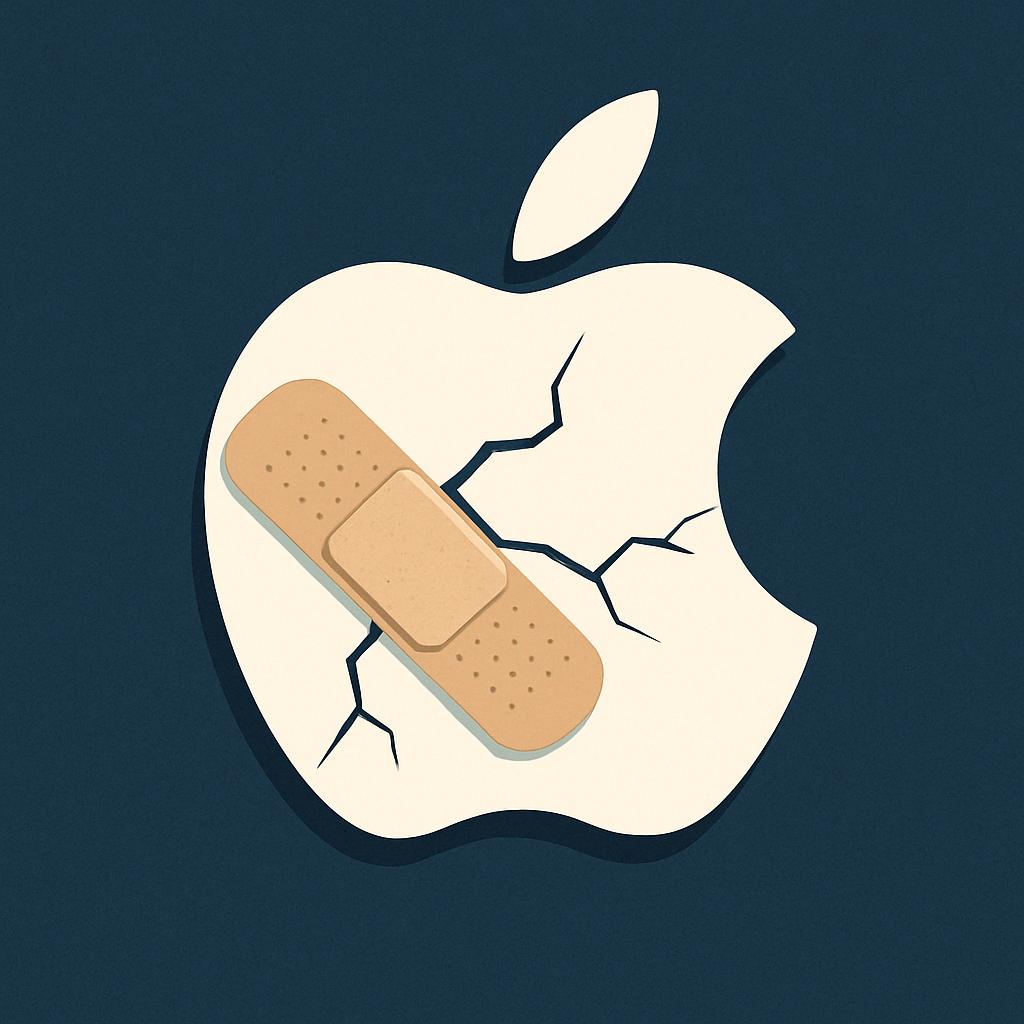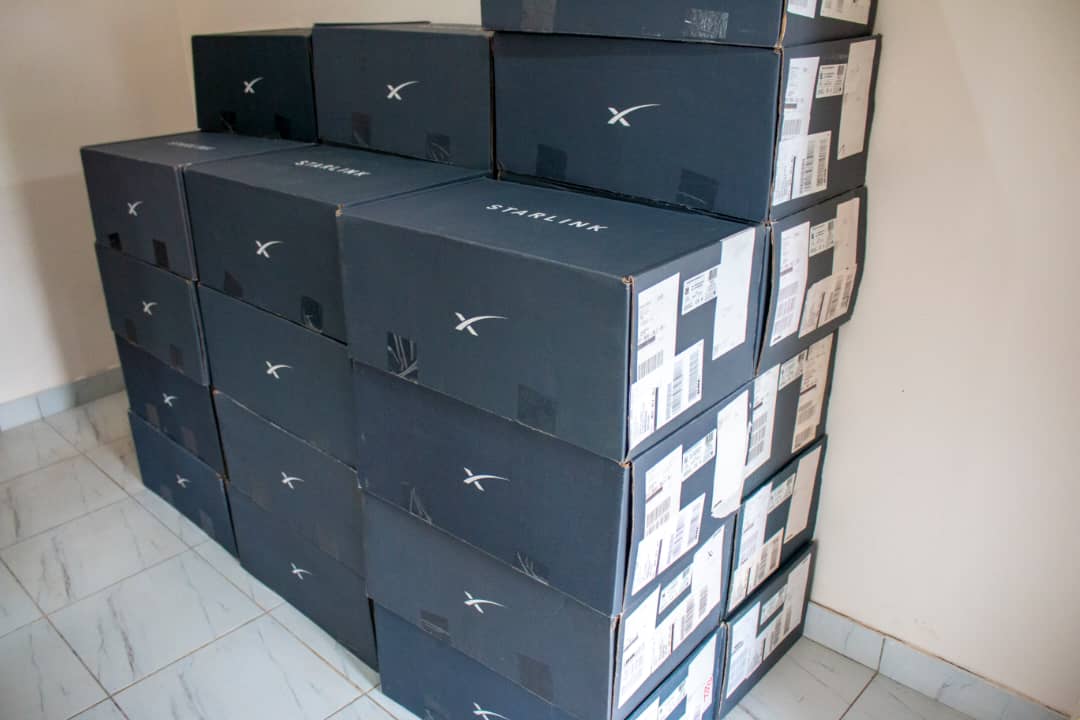
Managing any business has more than its fair set of challenges even if the formula for getting it going seems simple. You’re supposed to identify a need, create a solution/product and pass it on to the customer who will pay for it.
But what happens when the customer doesn’t have to pay to get the product? What if It’s now available for free? That’s the nightmare artists and music producers have had to live through since the turn of the century, and technology has been singled out as the reason for this unfair disruption.
It’s an easy observation to make. Just ask anyone in your own social circle when last they bought music. In a country like ours where it’s actually harder to find decent record bars or easy to use digital stores, legal access to music easily takes a back seat to convenience.
Why would anyone pay for it anyway? It’s available for free as long as you have a decent enough internet connection, not to mention the countless other ways of sharing tracks and albums.
This sad situation between technology and music can’t be remedied and so artists have to think of smart ways to monetise their work. Ironically though it looks like technology, the same phenomenon that disrupted the old model, that has some solutions worth considering.
I doubt that anyone in music or tech is expecting some new anti-piracy software solution to bring back the huge revenues from CD sales that characterised the pre-Napster era.
Everyone knows the record, CD or whatever hard copy represents audio art no longer stands as the main revenue strategy. Artists use it as flyer or way to lure fans to their performances.
It’s even more amplified in the local environment where piracy has offered cheaper alternatives in the street that fit into people’s budgets and justify never setting foot in a record store.
There is however an opportunity to use tech, specifically the internet, to amplify the revenue potential of artists as brands. So what should the budding entrepreneur out to make something out of music and tech consider?
Build a brand and community first using the internet as your springboard
Brand building focuses on getting recognition in new territories, something that is expensive when done offline. Through the internet you can share work, develop a following and reach out to more potential fans that can be willing to buy your concert tickets or that branded T Shirt.
Artists should have at the very least a basic website, that creates an online identity and tells their story for them as a brand. All this can be further refined into properties like an online merchandise store and feedback space.
This is even more important for new artists that are trying to get feedback from their community. There’s the beauty of analytics that show how popular a track or video is, what fans think about it and where they are.
Is that tour to South Africa worth the risk when you have a huge fan base in Botswana instead and have fans and followers numbers on Facebook and Twitter telling you that?
One artist who’s done this extensively locally is Tehn Diamond. He has built a strong visibility through the internet thanks to a systematic use of various platforms including his own blog and a social media strategy.
According to the Hip Hop artist (we spoke to him in this podcast here), through the internet and social media artists are also able to create a virtual notepad and panel of thoughts as well as an active fan club, something that was relegated to snail mail two decades ago. This pays off in the end.
When all this is done, an artist’s brand grows and the traditional concert/live show or merchandise revenue can then be pursued. It is important to remember that this is never done haphazardly, Like all things with social media marketing and strategy there has to be planning involved.
Use digital distribution as a way of gaining traction
Platforms like YouTube and Soundcloud let you share your content with the world, without having to face the obstacles in distribution and content publishing. If your work is worth the hype it will create a buzz. Just look at how Zim dancehall artists have videos that command hundreds of thousands of views.
This traction can also spill over into a revenue generating model as is the case with videos monetised through product endorsements or Google Ad revenue.
Watch and adopt models that seem futuristic today
We have a number of startups like Zimbomusic, Olova and the ZimDancehall app that are launching online distribution platforms and are in the process solving a lot of problems around content distribution.
They haven’t gained enough speed to take on other distribution channels like the street record model, but they should be watched closely because we all know what happens when tech is ignored as disruptor.
Models like music streaming can easily be dismissed as something that doesn’t have any relevance to the market right now, but with companies like Spotify scouring the African continent for opportunities and partnerships with MNOs a lot can change.
What other ways do you see tech providing artists or anyone in the music business an opportunity to make a profit? Please share in the comments below.













Comments
One response
This is my first time visit at here and i am genuinely pleassant to read everthing at one place.